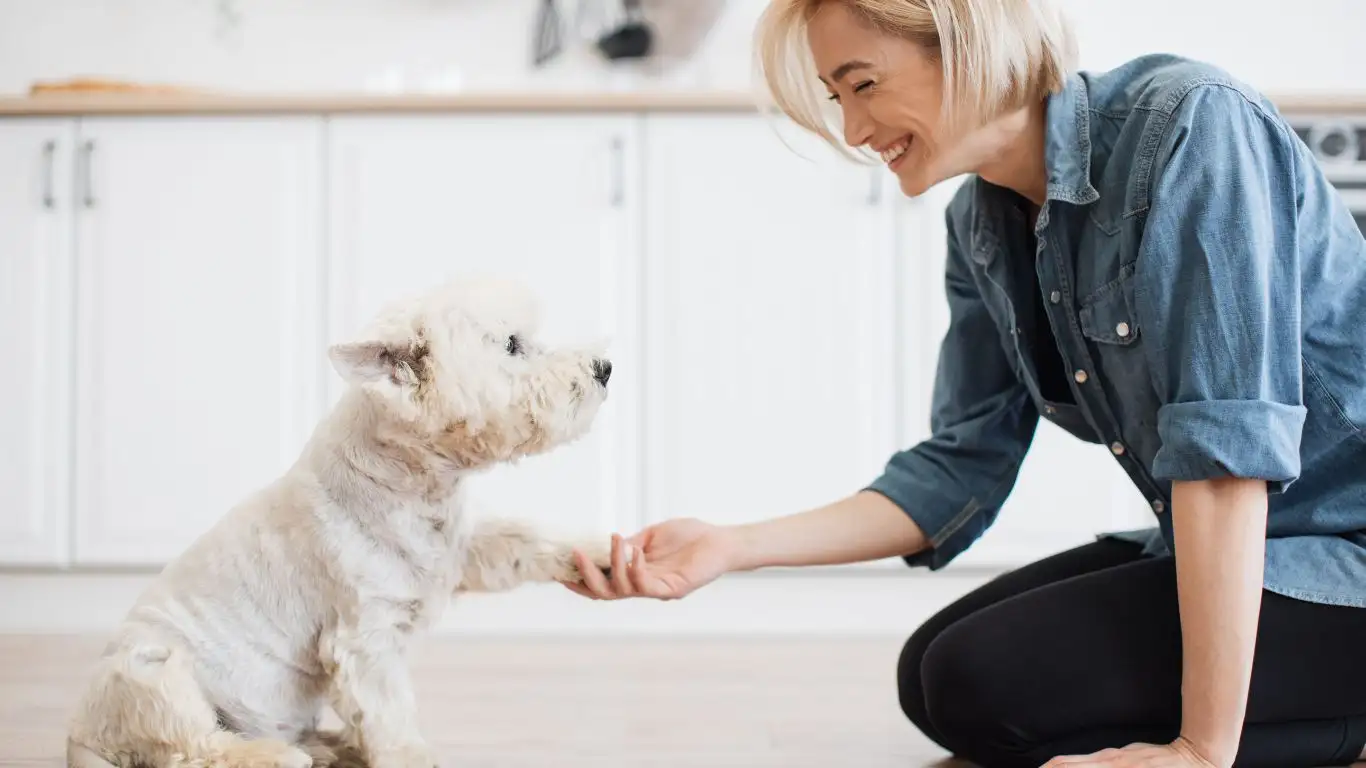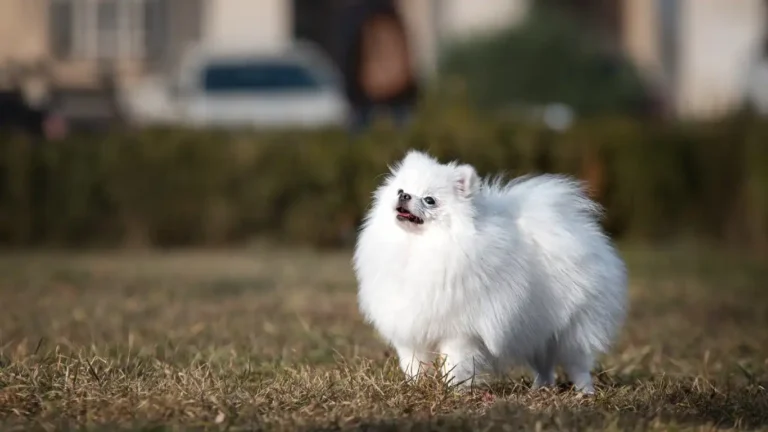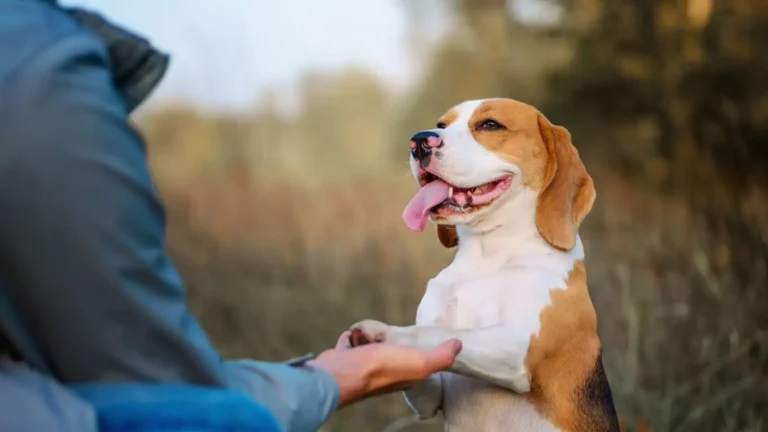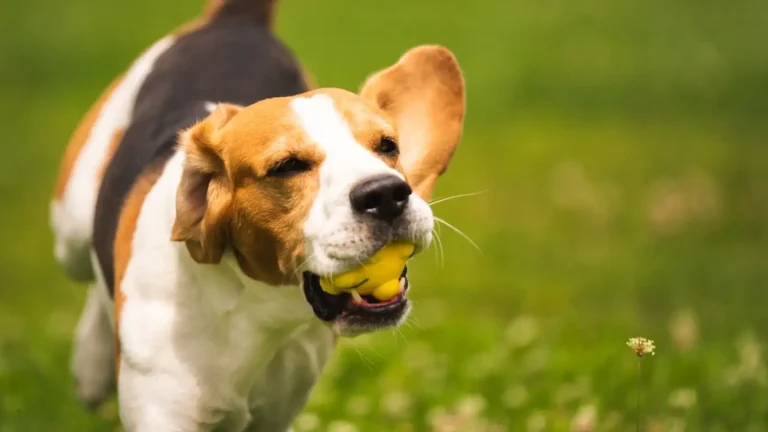How to Train a Dog to Stay Out of the Garbage and Keep Your Home Clean
Let’s be honest — having a dog who treats your garbage can like it’s a treasure chest can be super frustrating. As someone who’s worked hands-on as a Veterinary Technician specializing in nutrition, I’ve seen my fair share of curious pups whose noses just won’t quit, especially when it comes to anything smelling like food scraps. It’s not just a messy problem; it can also be dangerous for your dog’s health. So, how do you teach your furry friend to stay away from the trash and keep your home cleaner? Spoiler: it’s all about patience, consistency, and a little bit of strategy.
Understanding Why Dogs Raid the Garbage
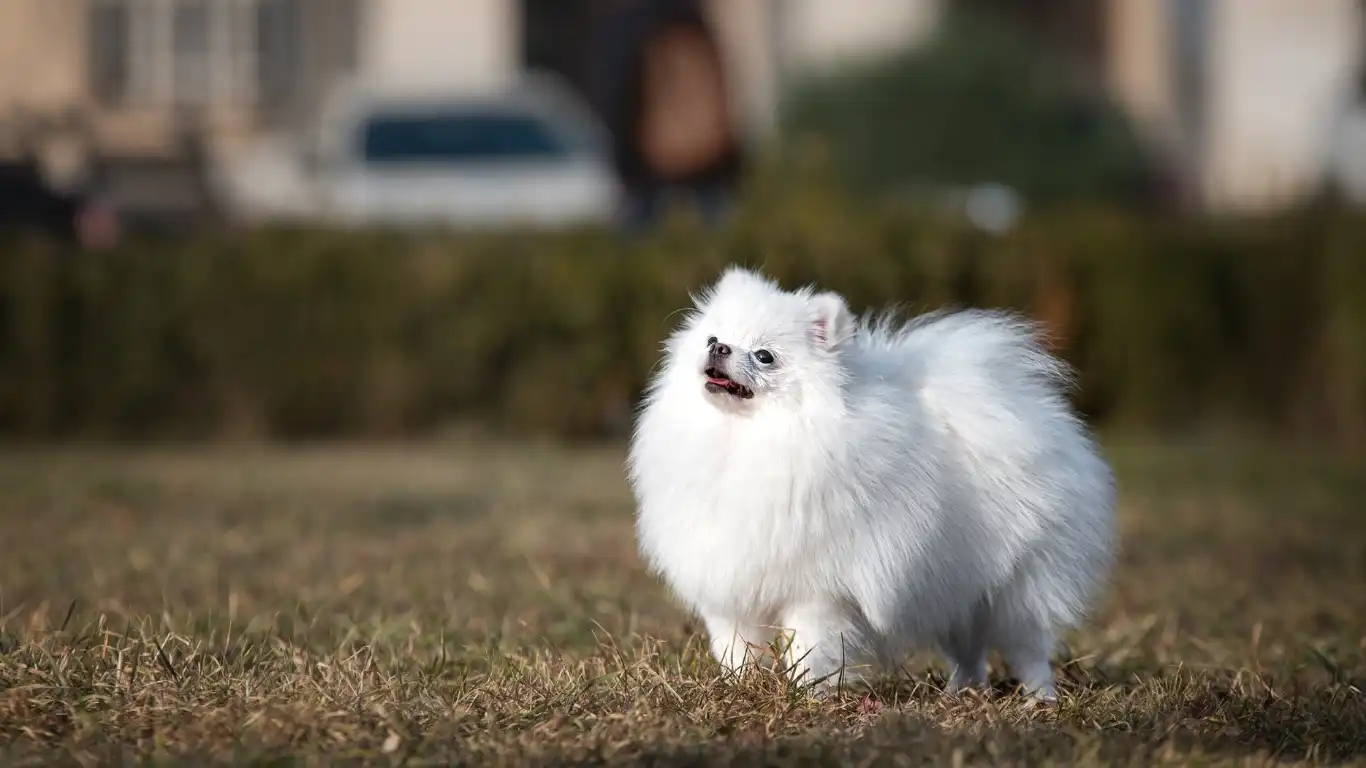
It’s Natural, But Problematic
First things first — dogs are scavengers by nature. Their wild ancestors survived by foraging and hunting whatever they could find, which often meant rummaging through leftovers or garbage. So when your dog sneaks into the trash, they’re just following instincts, not trying to be naughty.
What Attracts Them to Your Garbage?
From my experience in nutrition and vet tech work, I’ve noticed that smell is the main trigger. Garbage cans often hold food scraps with strong aromas, especially meat or dairy leftovers. These scents are like a siren call to your dog’s sensitive nose, which can be 10,000 to 100,000 times more powerful than ours.
Health Risks of Garbage Raiding
It’s important to understand that letting your dog indulge in trash isn’t just an annoying habit — it’s a serious health risk. I’ve seen dogs suffer from pancreatitis after eating fatty scraps or develop blockages from swallowing foreign objects like bones or plastic wrappers. Plus, spoiled food or chemicals can cause stomach upset or poisoning.
Setting Your Dog Up for Success: Prevention is Key
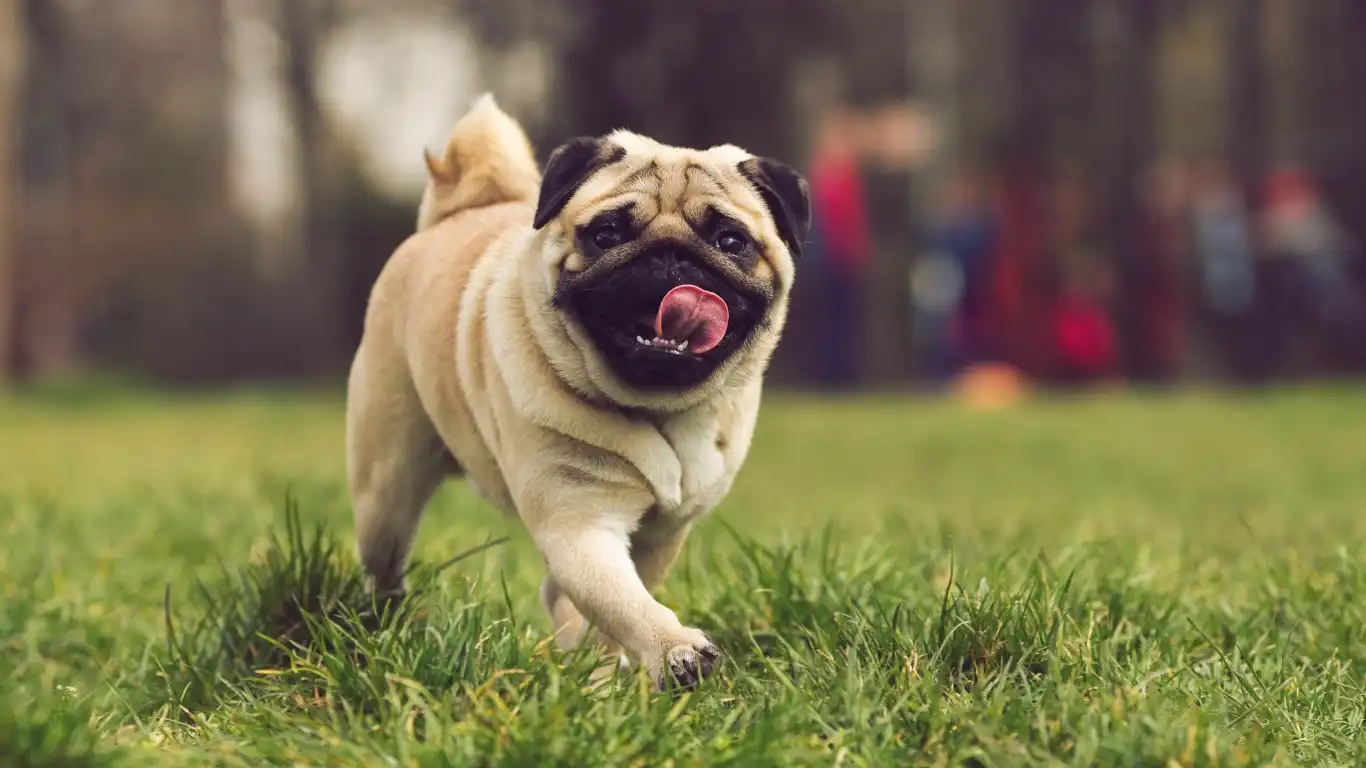
Secure Your Garbage First
Before diving into training, the first step is to make sure the trash is out of reach or dog-proofed. Here’s what’s worked for me and many pet owners:
- Use bins with tight-fitting lids: Even better if they have locking mechanisms.
- Keep trash cans inside cabinets: Adding childproof locks can prevent access.
- Designate a “dog-free zone”: Use baby gates or barriers to keep your dog away from the kitchen or trash area.
Offer Better Alternatives
Dogs are smart and motivated by rewards. Instead of letting garbage be their “snack,” provide plenty of safe, tasty alternatives like:
- High-value treats during training sessions
- Chew toys or puzzle feeders to keep their minds busy
- Regular, balanced meals timed well so they’re less likely to scavenge
In my years working with dogs and their diets, I’ve found that dogs who get consistent, satisfying meals and enough mental stimulation tend to be less garbage-inclined. A bored dog is a mischief dog!
Training Techniques to Teach Your Dog to Avoid the Garbage
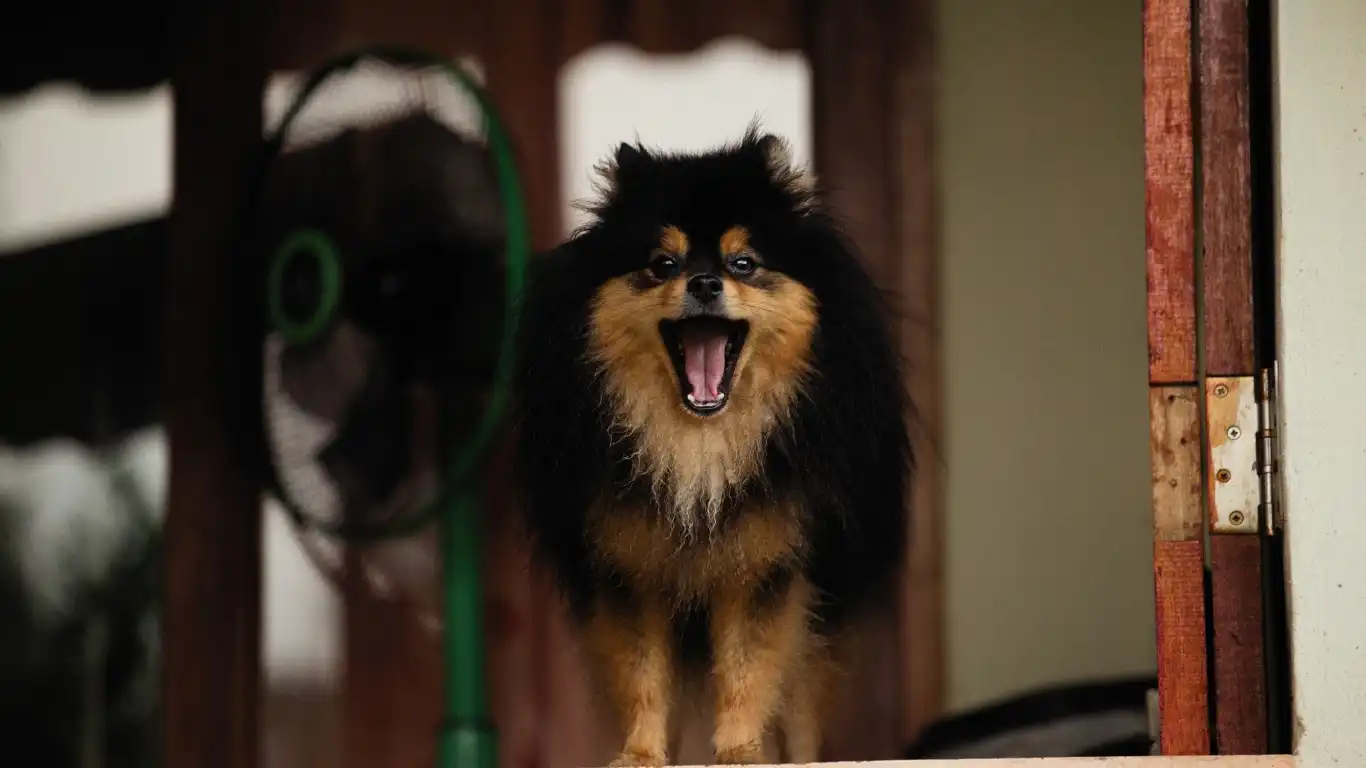
Start with Basic Commands
When it comes to training dogs, the basics go a long way. Before you even tackle the trash problem, make sure your dog has a solid grasp of “leave it,” “stay,” and “come”. These commands are lifesavers, especially in situations where you need to redirect your dog’s attention fast.
From my time in the clinic, I’ve found that the “leave it” command is a game-changer. It teaches dogs to ignore something tempting — like that smelly garbage can — and focus on you instead. The trick is to practice this command with low-value items first, then gradually increase the temptation level.
Step-by-Step “Leave It” Training
- Hold a treat in your closed hand and let your dog sniff it but don’t let them have it.
- Say “leave it” firmly, and wait for your dog to back off or stop trying to get the treat.
- As soon as they stop, reward them with a different treat from your other hand — something better than the one they can’t have.
- Repeat this until your dog quickly moves away from the closed hand on command.
- Gradually practice with more tempting items, including things around the house (but never actual trash yet!).
Once your dog masters this, you can move on to the real deal: keeping them away from the garbage can.
Managing Temptation in Real-Life Situations
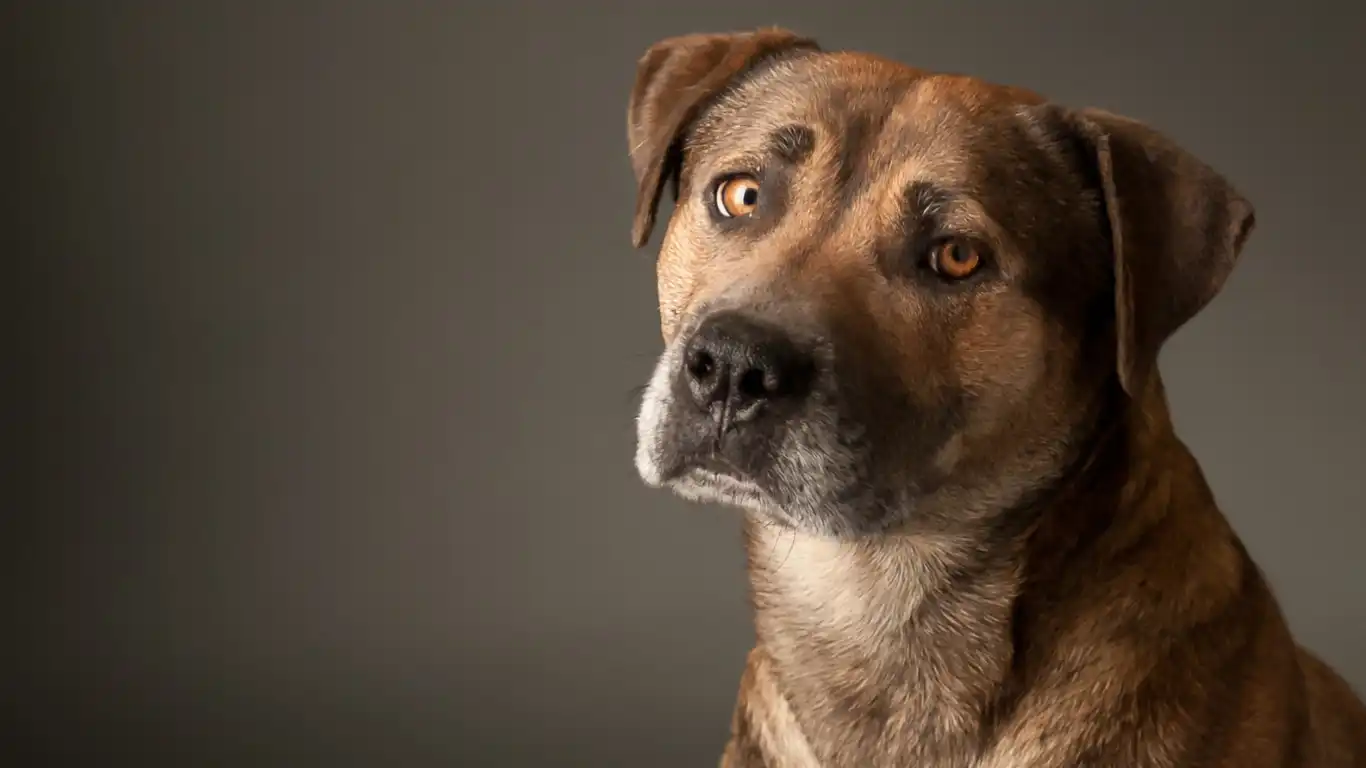
Practice Controlled Exposure
One mistake I often see pet owners make is jumping straight into punishment or yelling when the dog reaches for the trash. Trust me, it rarely works and usually makes things worse. Dogs don’t connect punishment to their past action well, especially if it’s delayed.
Instead, use controlled exposure. Bring your dog near the garbage can on a leash, and if they try to go for it, use your “leave it” command immediately. Reward every time they listen. This method helps your dog learn the boundaries in a clear, calm way.
Use Positive Reinforcement Consistently
Dogs thrive on rewards and positive vibes. Whenever your dog chooses to ignore the garbage or obeys your command, give them lots of praise, petting, or a tasty treat. This positive reinforcement builds a stronger bond and helps the dog understand what you want.
From my experience, consistency is everything. Make sure everyone in the household uses the same commands and rewards system. Mixed signals confuse dogs and slow down training progress.
Addressing Persistent Garbage Raiders
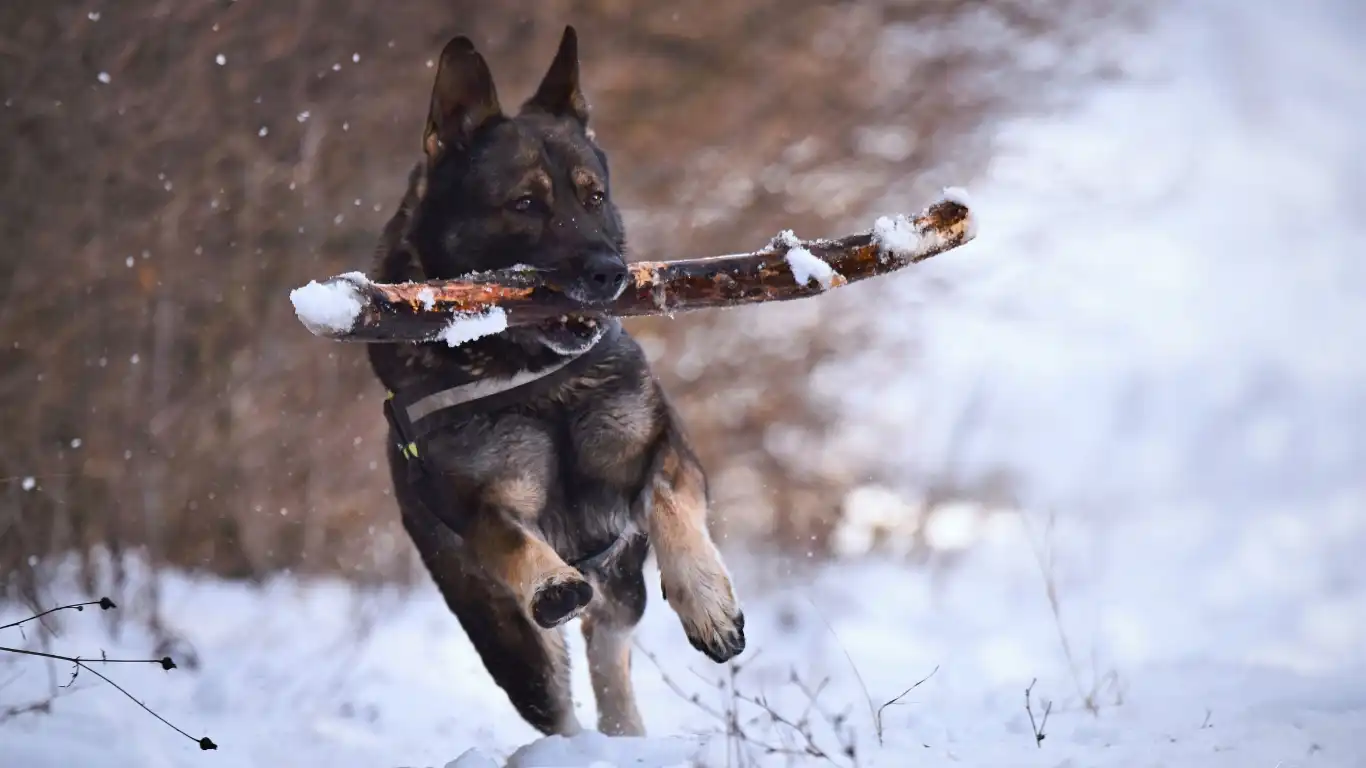
Look for Underlying Causes
If your dog keeps raiding the trash despite your best efforts, it’s time to take a step back and reassess. Sometimes, persistent garbage diving can be a sign of underlying issues like:
- Hunger or nutritional deficiencies: Dogs that aren’t getting enough calories or nutrients might look for extra food sources.
- Boredom or anxiety: Dogs with pent-up energy or stress often develop unwanted habits, including trash digging.
- Medical problems: Conditions like parasites or digestive disorders can increase appetite or cause odd eating behaviors.
When I’ve worked with dogs showing stubborn behaviors, a quick chat with a veterinarian often uncovers a treatable cause. Adjusting their diet, exercise routine, or addressing health concerns can make a big difference.
Enrich Your Dog’s Environment
One of the best ways to curb garbage raids is to give your dog plenty of mental and physical stimulation. Here are some tips I recommend:
- Daily walks with varied routes to keep things interesting
- Interactive toys that challenge their brain, like treat puzzles
- Regular training sessions to reinforce commands and build confidence
- Safe chew toys to satisfy their natural urge to chew
By keeping your dog busy and fulfilled, you reduce the chance that they’ll turn to your garbage for entertainment or a snack.
Advanced Tips and Tools to Keep Your Dog Away from the Garbage
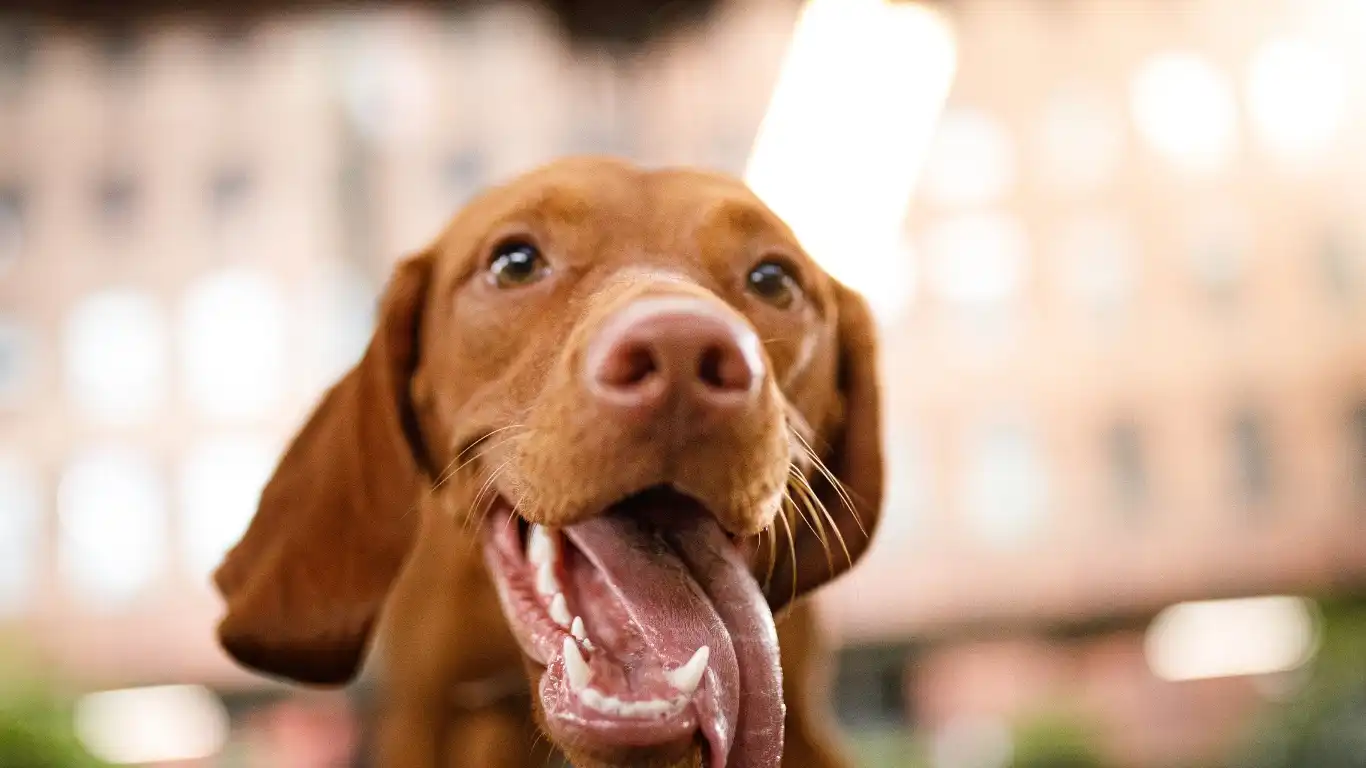
Using Deterrents Safely and Effectively
Once you’ve covered the basics, sometimes you need an extra edge to keep your dog from raiding the trash. Over the years working as a Veterinary Technician, I’ve seen some owners use deterrents with great success — but it’s important to choose methods that are safe and don’t stress out your dog.
Bitter sprays or pet-safe repellents can be applied around the trash can area to discourage sniffing or digging. These sprays taste unpleasant but are harmless, so your dog quickly learns to avoid the area. Just be sure to check the ingredients and avoid anything toxic.
Another trick is motion-activated alarms or air canisters near the trash bin. When your dog approaches, a harmless noise or quick puff of air startles them just enough to stop the behavior without causing fear.
Consistent Routine and Supervision
Dogs love routine and knowing what to expect. Keeping consistent feeding times and exercise schedules goes a long way in reducing garbage raids. I always tell pet owners to:
- Feed meals at the same times daily to keep hunger in check.
- Schedule play and training sessions around those times to mentally tire them out.
- Supervise your dog closely in the kitchen or trash area, especially during training.
If your dog is alone during garbage “temptation times,” consider confining them to a safe space or crate where they can’t get into trouble. This isn’t about punishment — it’s about setting them up for success until the training sticks.
My Personal Experience: Real-Life Success Stories
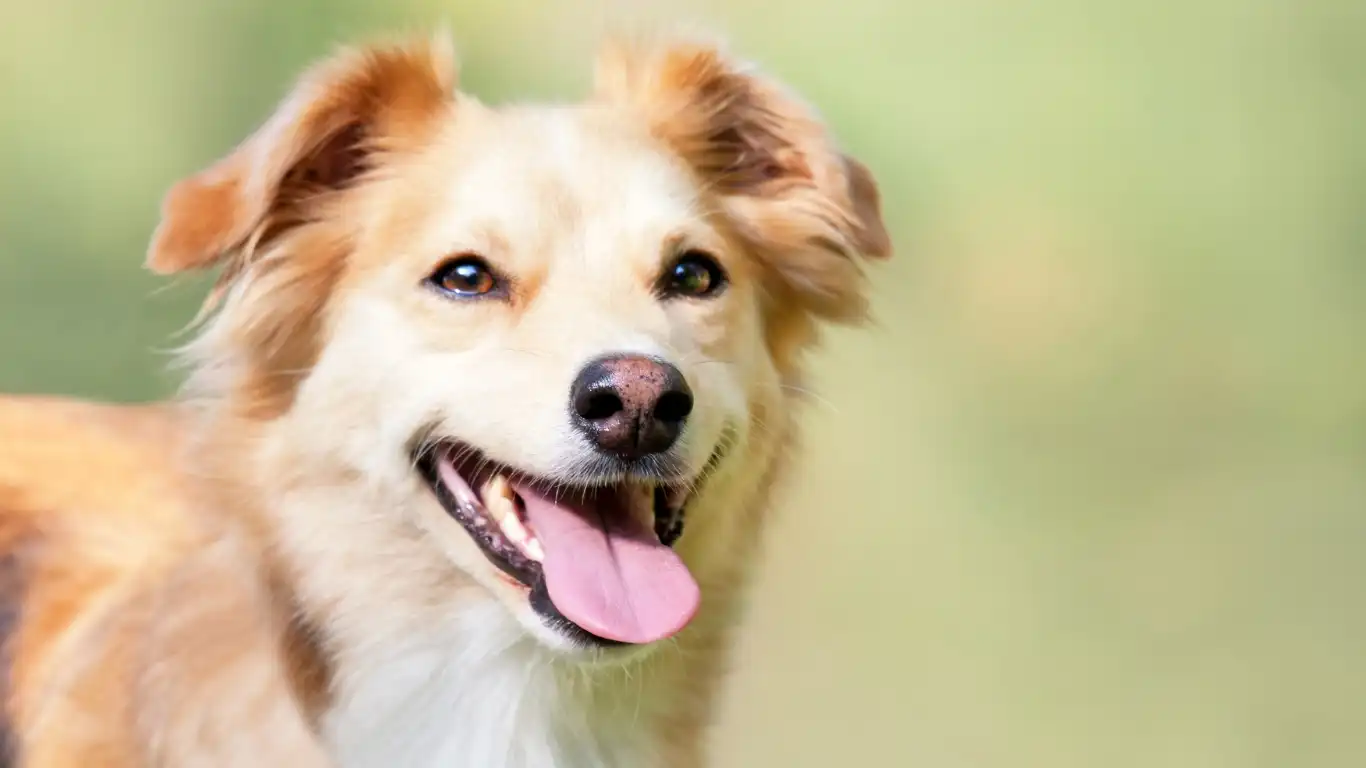
Having worked directly with hundreds of dogs over the years, I’ve seen firsthand how these strategies come together to solve the garbage problem. One memorable case was a golden retriever named Max, whose owners were at their wit’s end. Max was a classic garbage diver, always sneaking scraps and making a mess.
We started with basics: teaching “leave it” and securing the trash with a locking bin. We introduced daily puzzle toys and increased Max’s exercise. The owners also set a strict feeding schedule. At first, Max tested boundaries, but with patience and consistent rewards, he learned to ignore the trash.
Three months later, Max’s owners reported a happier dog and a much cleaner kitchen. The best part? Max was more engaged and less anxious overall — training gave him a clear job and sense of routine, which every dog thrives on.
Resources and Further Reading
- American Veterinary Medical Association
- Association of Professional Dog Trainers
- American Animal Hospital Association
Disclaimer
This article is for informational purposes only and is based on professional experience and commonly accepted best practices in veterinary care and dog training. It is not a substitute for professional veterinary advice. If your dog’s behavior is persistent or linked to health issues, please consult your veterinarian or a certified professional dog trainer.
